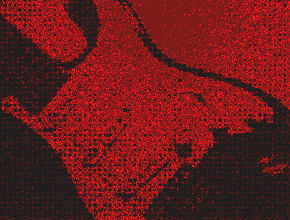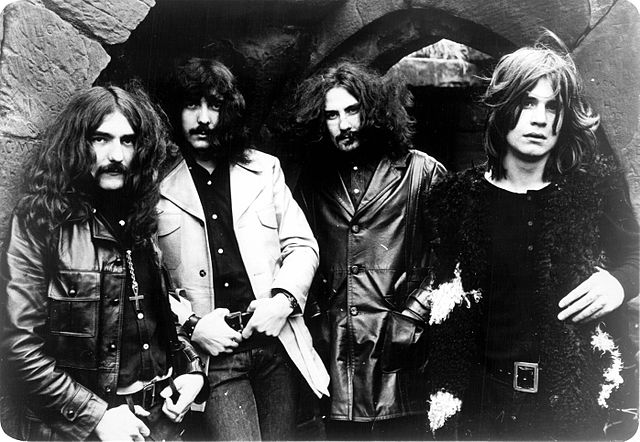The song “Torn to Pieces” from the 1987 album Scream Bloody Gore by one of the progenitors of death metal, Death, has a simple verse-chorus structure that I’ve seen a lot in early death metal. ((Lots of other songs on this album have a similar verse-chorus structure. The demos by Swedish death metal trailblazers Nihilist (later Entombed) also use a lot of similar simple verse-chorus structures. There’s a popular myth that death metal is better than other rock music because it avoids verse-chorus structures, but it’s not entirely true. For lots of examples of this claim, see Natalie Purcell Death Metal Music: The Passion and Politics of a Subculture (2003), pp. 12-15)) In the version of the song that appears on the album, there are two verses for each chorus, and each of these three units in the cycle has its own riff:
0:00 Verse 1 (Riff A)
0:30 Verse 2 (Riff B)
1:01 Chorus (Riff C)
1:19 Verse 3 (Riff A)
1:50 Verse 4 (Riff B)
2:21 Chorus (Riff C)
2:39 Bridge (Riff D)
2:56 Guitar Solo (Riff D')
3:14 Chorus (Riff C)
[Timings from the album version of the song]
There’s a nice bridge section with a short guitar solo, followed by a reprise of the chorus before the song ends. Unfortunately, Riff D in the bridge section is not very clear on the recording from the album. Many early extreme metal bands recorded their demos and debut albums when the members were just teenagers, and sometimes even at home with amateur studio equipment. Death’s Scream Bloody Gore is no exception — it was recorded before lead singer and guitarist Chuck Schuldiner had reached his twentieth birthday. I don’t know if Schuldiner just had a bad day in the studio and didn’t notice, or couldn’t actually play the riff correctly before he ran out of recording time, but no matter how much I tried re-listening and slowing the bridge section down I just couldn’t figure out what notes were there. Continue reading

